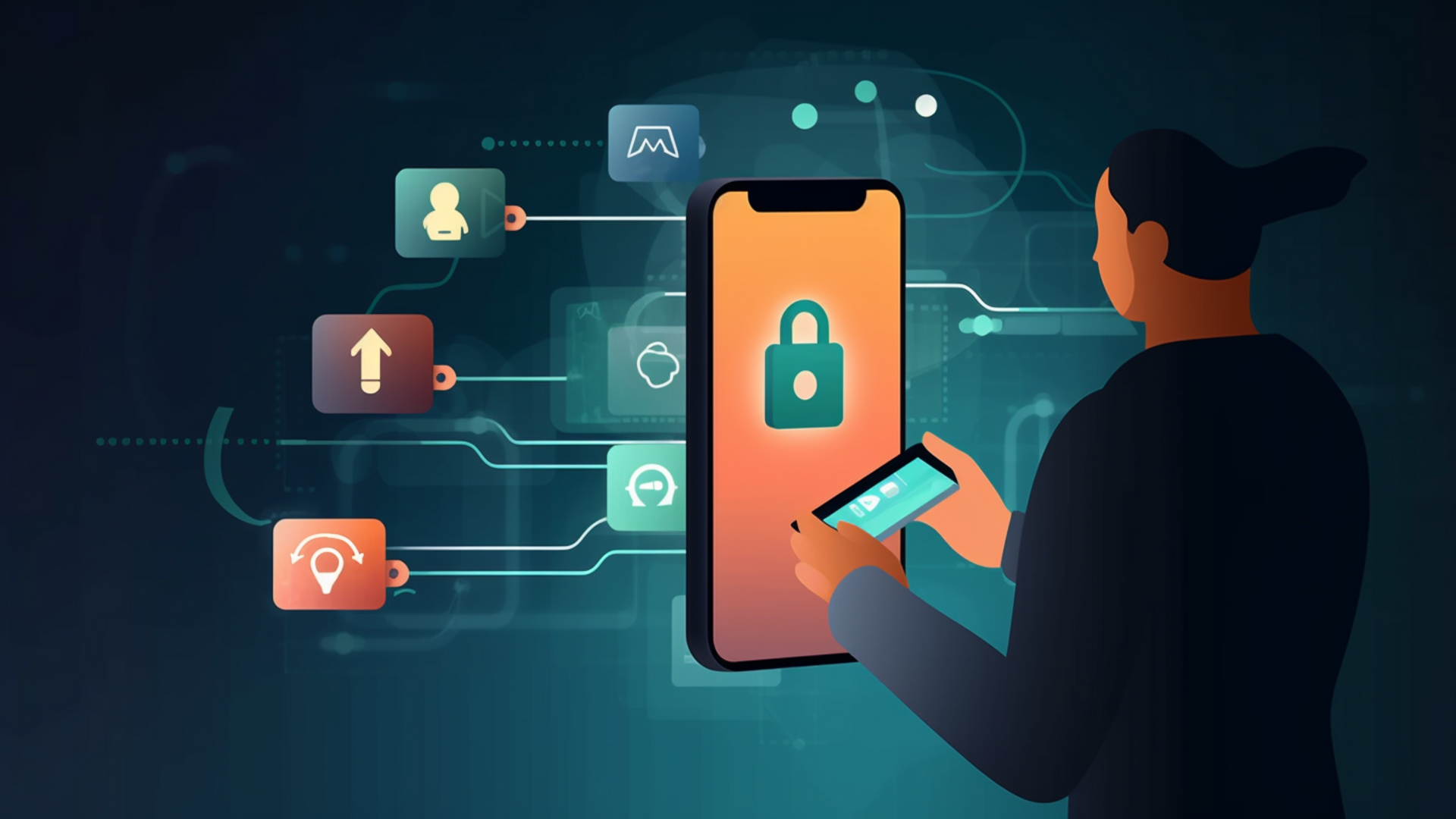
Residential communities often prefer police officers to live and raise their families in the same neighborhood they serve and protect. This is because familiarizing oneself with the district greatly increases the probability of noticing new or altered activities or potential threats that might otherwise go unnoticed.
Mobile apps, which we use for daily activities, also require continuous monitoring and strong protection from modern cybercriminals by developers. Developers must check service outage and fix problems to achieve the best safety and productivity.
Key aspects
The initial step in ensuring that mobile apps work properly is to take caution and follow the app store approval procedures. Usually, both Android and iOS apps undergo thorough approval procedures before being released in the app stores. Nevertheless, Google and Apple are not responsible for comprehensively assessing or examining the internal mechanics of an app.
The focus is on whether the app operates according to the terms of service and performs minimal security scanning on apps within the iOS or Android ecosystem. App developers and publishers are responsible for safeguarding their apps from cyberattacks.
Apps are indeed vulnerable to several threats, such as app versioning. This is when the updates to legitimate apps include malicious code not present in the older versions, which can cause harm to users. Attackers can also exploit other methods to compromise mobile apps.
The device can have security solutions not included in the app itself. However, this is not very effective because these solutions cannot determine what the app is supposed to do, and users may still encounter problems and ask questions like “Is Fur Affinity outage?”.
The only way to provide protection is by creating a blacklist of known threats and malicious applications that can only be blocked after they have been identified as a threat. This method is reactive and time-consuming, which allows potential threats to pass through and cause harm to multiple parties, resulting in financial or reputational damage.

The only way to provide protection is by creating a blacklist of known threats and malicious applications
Current situation
No company or organization maintains or manages numerous consumer devices worldwide. A company can monitor employee phones by placing an agent on them. However, it is not practical or feasible to expect all owners of consumer devices to download security agents that may be intrusive or inconvenient, especially those outside of a small, secure group of employees or users.
App developers realize that they can provide better security by implementing in-app security measures, such as allowing the app to communicate only with whitelisted servers, which surpasses the third-party on-device security that relies on blacklists.
The whitelist approach is crucial because some malware uses a domain generation algorithm to avoid detection by generating new domain names and IPs for their servers. By using a whitelist, only approved domains and IPs will be allowed.
